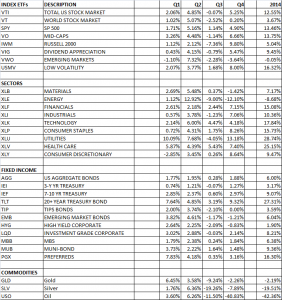Will Denyer of Gavekal Dragonomics issued a report that shows that the ratio of the US stock market value to the GDP measures at 155%, topping the 150% level in 2007 but short of the 180% level in 2000. When comparing the US stock market level to global GDP, the measure comes in around 37.5%, which normally has been a historical resistance point.
Denyer said that the indicator does not mean the market turns down tomorrow, or the day after, and that easy money policies can continue to push up asset prices to level that may not be justified in a normal environment.
To add to the overvaluation argument, Robert Shiller said he as thinking of lowering his own exposure to US equities in favor of depressed European companies. Shiller’s CAPE ratio is now at 27.5. It was 15 in 2009.
Low interest rates have helped support high stock markets in the US. Michael Feroli, chief US economist at JPMorgan says the bank’s models indicates that recent increased employment could push up wages and inflation leading to a faster rise in rates than anticipated.
The offset to some of the valuation arguments above is the global economy is improving, recession risks appear low, and the market continues to remain technically strong. So while the chance of a correction at anytime continues, as long as there is no recession on the horizon the risk of a bear market is low.

